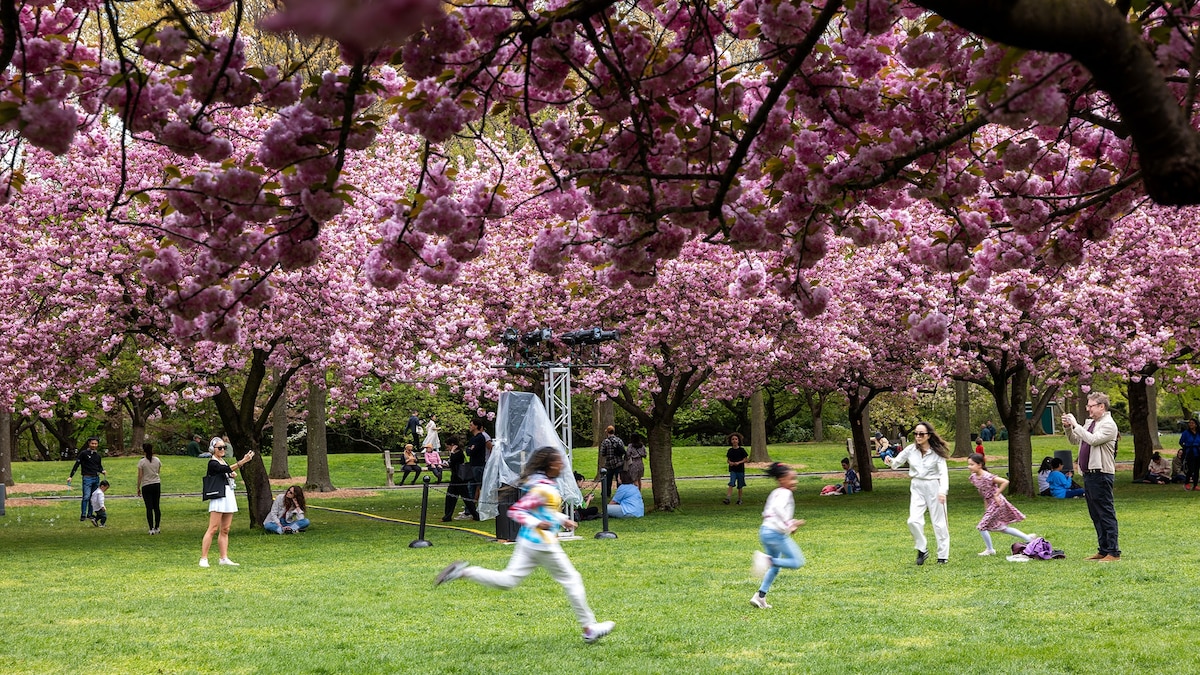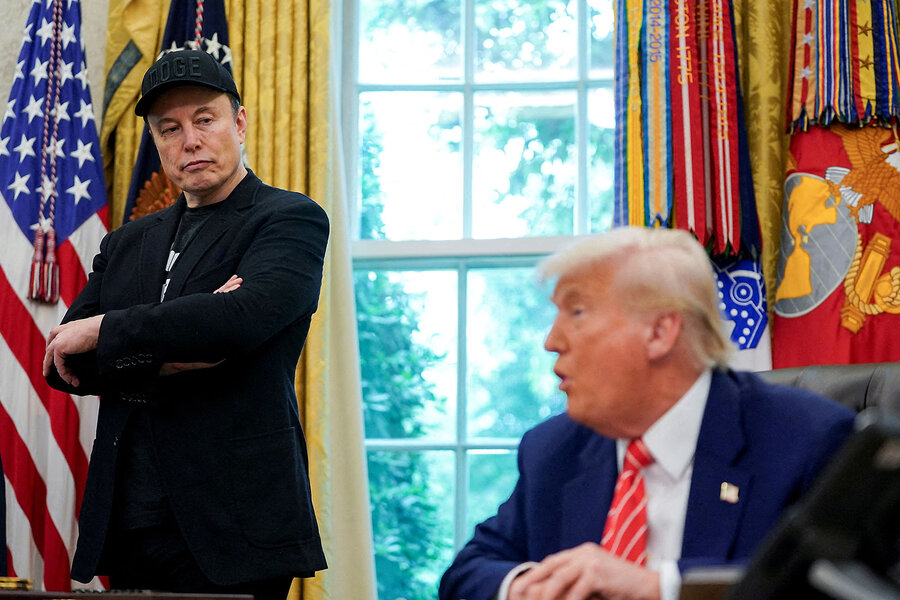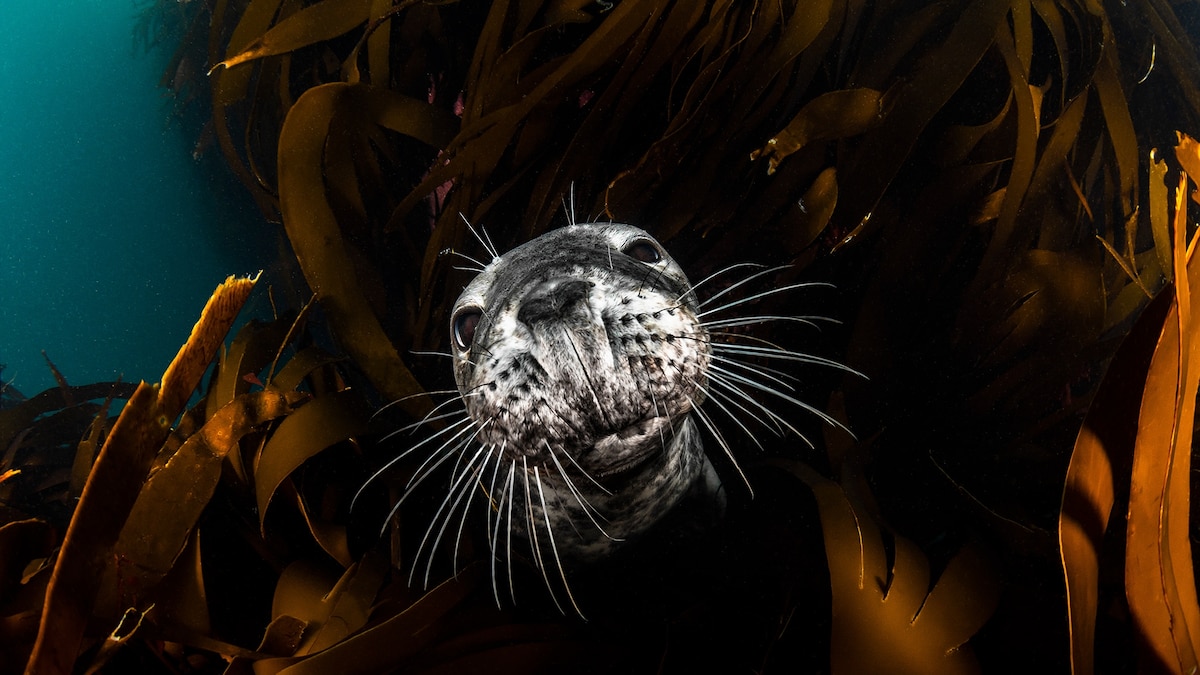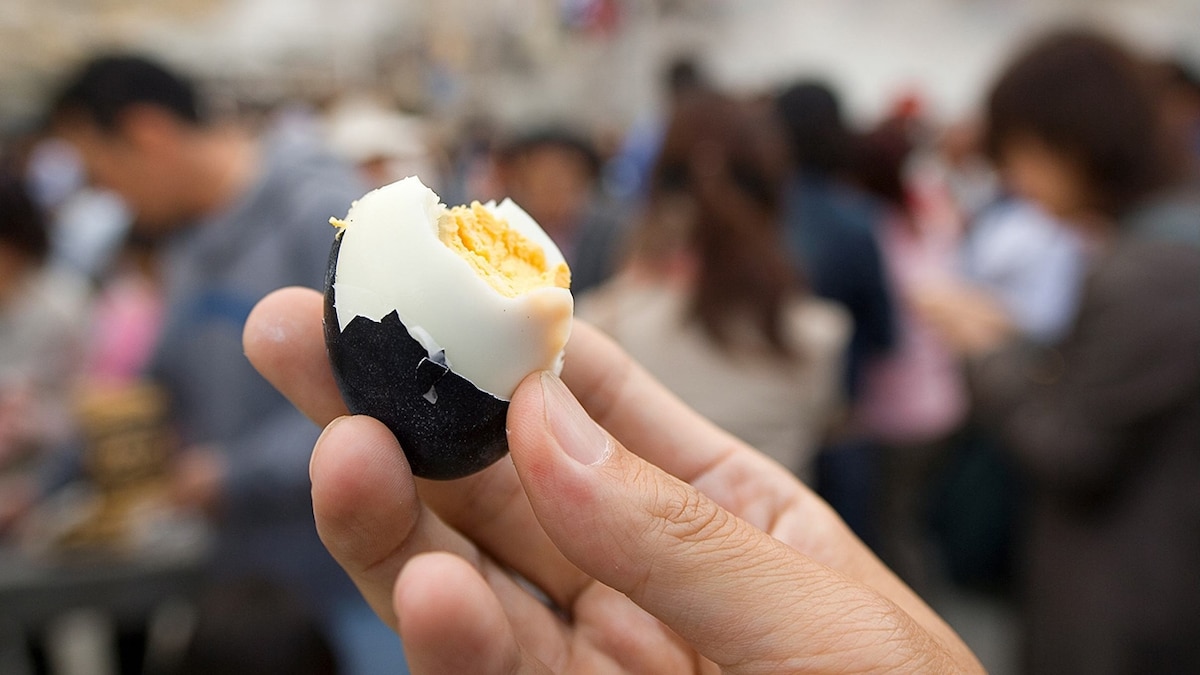Now Reading: How cherry blossoms came to the United States
-
01
How cherry blossoms came to the United States
How cherry blossoms came to the United States

Springtime in Washington, D.C. kicks off every year with the city’s famous Cherry Blossom Festival, when the fluffy pink cherry trees around the National Mall and Tidal Basin burst into bloom. Hundreds of thousands flock there to take in the beautiful flowers, making it one of Washington’s most well-loved events. It’s hard to imagine, but more than a century ago, this same area in D.C. stood naked without a cherry tree in site.
The story of cherry trees made their way to the U.S. is almost as remarkable as the blossoms themselves, and it might never have happened if not for a handful of unlikely adventurers and advocates.
(Here’s everything you need to know before your next trip to Washington, D.C.)
At a time when American agriculture was as colorful as dirt, a food hunter for the USDA named David Fairchild went in search of novel plants that could be of economic value to U.S. farmers. Driven by curiosity and fueled by optimism, he brought back many plants and fruits now taken for granted, such as mangoes from India, peaches from China, and avocados from Chile.
In 1902 Fairchild first encountered sakura, the flowering cherry trees of Japan. Enchanted by their beauty, Fairchild wanted to bring the trees back home and ordered 125 sakura trees for his own front yard in Chevy Chase, Maryland.
The nursery owner in Yokohama was so pleased to have an American customer that they charged Fairchild just 10 cents per tree. In the spring of 1906 Fairchild’s imported trees bloomed for the first time, and word of the pink blossoms brought so many onlookers to their home that Fairchild ordered 300 more as a gift to the city of Chevy Chase.
Eliza Scidmore, National Geographic’s first official female writer, photographer, and board member, was also an advocate of the cherry blossoms in D.C. After spending time living and reporting from Japan, she returned to Washington with photographs of cherry blossom trees— “the most beautiful thing in the world” —and began petitioning President Grover Cleveland’s administration to plant them along the Tidal Basin.
Years later, President Theodore Roosevelt spoke often about “beautifying” the country’s capital, then sloppy with mud from the lapping Potomac. Helen Taft, the first lady, believed the cherry blossoms were the answer. Her husband agreed. In addition to their beauty, President William Taft also sensed an opportunity to forge a diplomatic friendship with the Japanese.
In the fall of 1909, the mayor of Tokyo sent 2,000 young trees to Washington. However, they arrived barely alive—their roots cut too short and teeming with insects. Fearful of foreign pests, USDA entomologists burned them in a great bonfire on the National Mall. Only when Japan sent a second, bigger shipment of 3,020 trees, all tall and mature, did the trees make it into the ground.
On March 27, 1912, Mrs. Taft broke dirt during a private ceremony in West Potomac Park near the banks of the Potomac River. The wife of the Japanese ambassador was invited to plant the second tree. Fairchild took a shovel not long after and participated in the event.
(Discover the best places to see cherry blossoms in the U.S.)
It took only two springs for the trees to become universally adored by the American public, at least enough for the U.S. government to reciprocate and send Japan a gift in return. Officials decided to offer Japan a shipment of flowering dogwoods, native to the United States, with bright white blooms.
Most of the original trees are gone. Sakura tend to survive about 25 years, 50 if they’re lucky, longer if it’s a miracle. Of the original 3,020, only two remain, grizzled and sagging, near the base of the Washington Monument next to a plaque commemorating the day, March 27, 1912, they were planted.






















